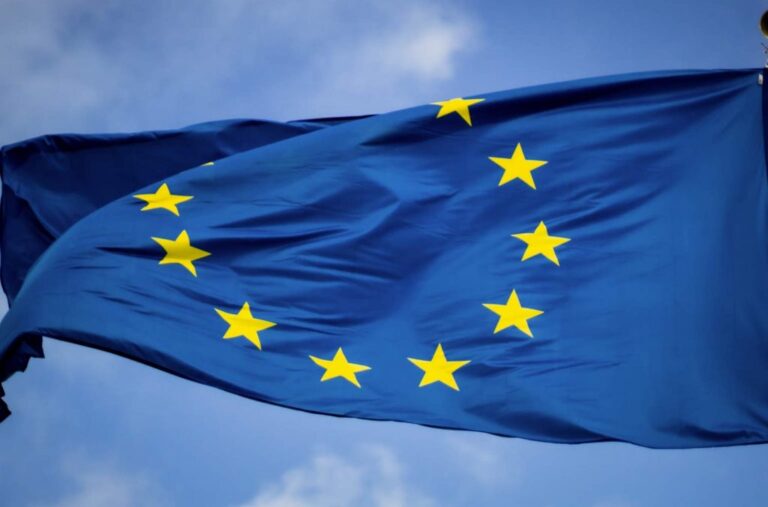
Morning Brief – War Crimes
We wrote recently about how the residual risk that remained priced within (FX) markets was increasingly being removed from positioning data. Despite broad doubts about the credibility of claims of progress in Russia-Ukraine peace talks, the market scaled back demand for safe-haven FX, finding comfort in more moderate wholesale energy prices and macroeconomic conditions. More recently, the fact that Russia appears to have distanced itself from demands for settlement in Ruble for energy exports has continued to support risk conditions.
When highlighting the more balanced positioning in markets and more sanguine outlook we also stressed the propensity for complacency to feed into price action. Given that the market had largely discounted the risks of the conflict in Ukraine focussing instead on growth prospects and respective monetary policy outlooks, headlines emanating from the invasion once again hold the power to catch the market off guard.
One such headline and topic that holds the propensity to change the market’s relative calm surrounding the conflict in Ukraine is claims of war crimes. War crimes create and demand huge attention on the international stage. They are therefore significant and powerful catalysts of sanctions which have been a stronger driver of rates within currency markets, far more so than death tolls and geographical advance.
Via its significance to the global political economy and sanctions in turn, the claims and trials against war crimes allegedly committed could therefore reintroduce defensive demand within markets. Alongside technical resistance and price dynamics driven by the development of interest rate differentials, these allegations have undeniably contributed to EURUSD’s sell-off in the past three trading sessions.
Discussion and Analysis by Charles Porter

Click Here to Subscribe to the SGM-FX Newsletter
Related Insights

Daily Brief – One in three
One in three Until recently, the market had held the probability of a rate cut at the Bank of England’s November meeting at near zero. Above-target inflation and insufficient evidence of faltering economic growth alone suggested the BoE would continue to adopt a wait and see approach. Combine that with the uncertainty of the UK […]

Daily Brief – A glimmer of (European) hope
A glimmer of (European) hope The ECB has made significant progress in cutting rates towards an accommodative level. The Eurozone saw evidence of cooling inflation much sooner than many economies and has been able to respond accordingly, cutting the deposit rate to 2%. The ECB will meet again this Thursday to publish its latest monetary […]

Daily Brief – Two cuts down
Two cuts down The Federal Reserve cut the target Fed funds rate by 25-basis points again last night. This brings the benchmark range down to a 3.75-4% banding. This move had been widely expected, but that does not mean it did not have any market impact. As of market open today, the dollar continues to […]



 Charles Porter
Charles Porter